- Five precalibrated 10 bit look up tables selectable for diverse modalities and viewing environments.
- Freely adjustable user lookup table allowing users to set their own preferences.
- Color slider for color adjustment in the field without the loss of grayscale tones.
- Grayscale tones adjusted in the factory to meet DICOM Part 14 standard for optimum viewing of DICOM images.
- Force Mode for tailoring the monitor to even the most specialized timing requirements.
- Wide range of input support.
-
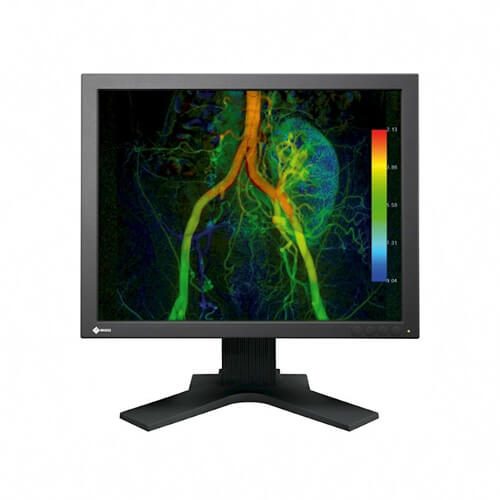
-
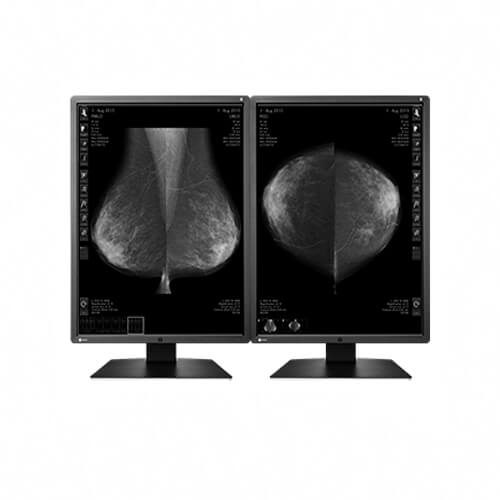 Eizo RadiForce GX550 21.3" 5MP Diagnostic Mammography Display MonitorThe high resolution and multiple grayscale support of this 5 megapixel monochrome monitor make it ideal for displaying digital mammography images. The exceptional image quality combined with the thin bezel design provides both precision and comfort when working with breast images.
Eizo RadiForce GX550 21.3" 5MP Diagnostic Mammography Display MonitorThe high resolution and multiple grayscale support of this 5 megapixel monochrome monitor make it ideal for displaying digital mammography images. The exceptional image quality combined with the thin bezel design provides both precision and comfort when working with breast images. -
 1MP 48cm (19") MONOCHROME LCD MONITORThis one megapixel monochrome monitor accepts a wide range of current and legacy video, digital and RGB inputs. Its high brightness and contrast, combined with a cost effective design, create the perfect fit for many grayscale modalities and imaging environments.
1MP 48cm (19") MONOCHROME LCD MONITORThis one megapixel monochrome monitor accepts a wide range of current and legacy video, digital and RGB inputs. Its high brightness and contrast, combined with a cost effective design, create the perfect fit for many grayscale modalities and imaging environments. -

RadiForceRX350 (RX350-BK) 3MP 54.1cm (21.3") Color LCD Monitor
A 3 megapixel high-brightness monitor ideal for accurate display of chest X-ray, CR, and DR grayscale images and color images such as 3D rendering and image fusion. Featuring a new design and unique EIZO technology, this monitor provides both comfort and image precision to medical professionals.
-
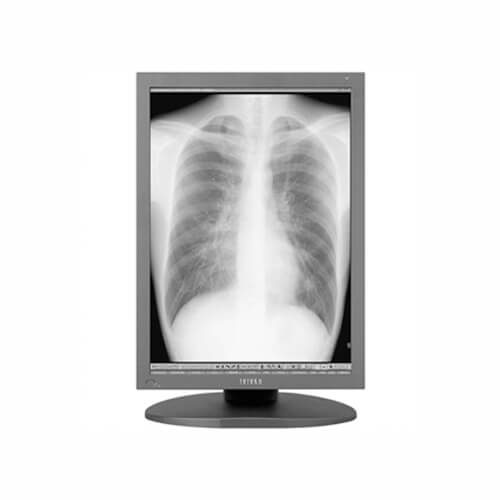
- 21.3" Monochrome LCD
- 3 megapixel
- 1536x2048 pixel
- Maximum luminance 1700cd/m²
- LED Backlight
-
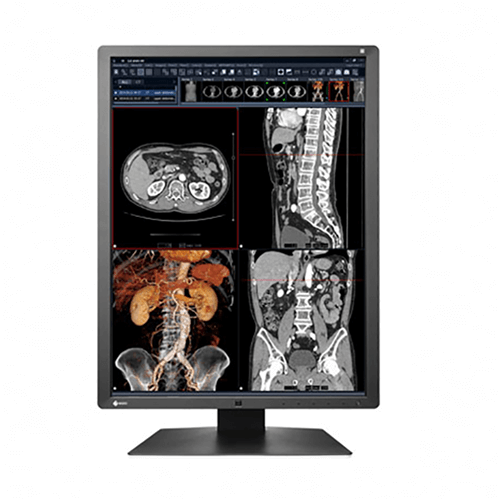 The Eizo RadiForce RX250 (RX250-BK) 2 megapixel high-brightness color monitor ideal for the accurate display of CT, MRI, and CR grayscale images and color images such as 3D color rendering and nuclear medicine scans. Featuring a new design and unique EIZO technology, this monitor provides both comfort and image precision to medical professionals.
The Eizo RadiForce RX250 (RX250-BK) 2 megapixel high-brightness color monitor ideal for the accurate display of CT, MRI, and CR grayscale images and color images such as 3D color rendering and nuclear medicine scans. Featuring a new design and unique EIZO technology, this monitor provides both comfort and image precision to medical professionals. -
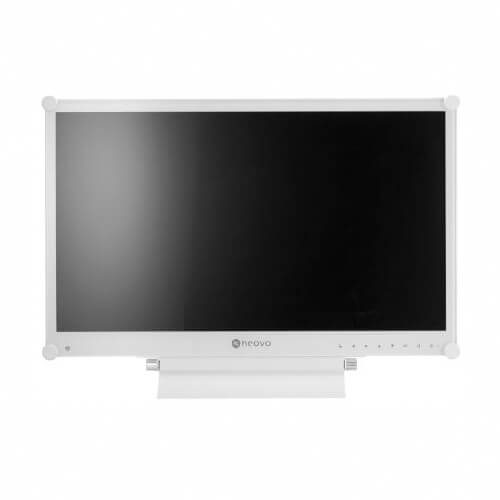 • LED-backlit technology with high FHD 1920 x 1080 resolution • NeoV™ Optical Glass • AIP technology: PIP; Built-in Image Enhancer • Durable metal casing • Touch sensor control keys to prevent vandalism • Versatile inputs: VGA, DVI, HDMI, S-Video, CVBS (RCA x 2), Audio in • Built-in speakers (1.5W x2) • Swift 3 ms response time • Illuminator mode for easy X-ray film viewing • DC 24V medical grade power adaptor allows longer distance connection • Optional handle allows for easy movement of display • EN60601-1 and IEC60601-1 medical certification • Equipotential Terminal safety standard • EcoSmart Sensor for low watt power consumption • Auto-adjustment for optimal settings • Kensington® security socket • VESA standard mount
• LED-backlit technology with high FHD 1920 x 1080 resolution • NeoV™ Optical Glass • AIP technology: PIP; Built-in Image Enhancer • Durable metal casing • Touch sensor control keys to prevent vandalism • Versatile inputs: VGA, DVI, HDMI, S-Video, CVBS (RCA x 2), Audio in • Built-in speakers (1.5W x2) • Swift 3 ms response time • Illuminator mode for easy X-ray film viewing • DC 24V medical grade power adaptor allows longer distance connection • Optional handle allows for easy movement of display • EN60601-1 and IEC60601-1 medical certification • Equipotential Terminal safety standard • EcoSmart Sensor for low watt power consumption • Auto-adjustment for optimal settings • Kensington® security socket • VESA standard mount -

- Superior screen performance (1500:1 contrast ratio, 1600 x 1200 native resolution, 440 cd/m², 180 cd/m² calibrated brightness)
- Out-of-the-box calibration to the DICOM grayscale display function for luminance
- Factory calibrated Digital Uniformity Control provides accurate imaging across the screen
- Integrated three-port USB 3.0 hub
- Quick QA feature for easy DICOM conformance check
- Includes GammaCompMD™ QA software for worry-free calibration and conformance testing to the DICOM standard
-
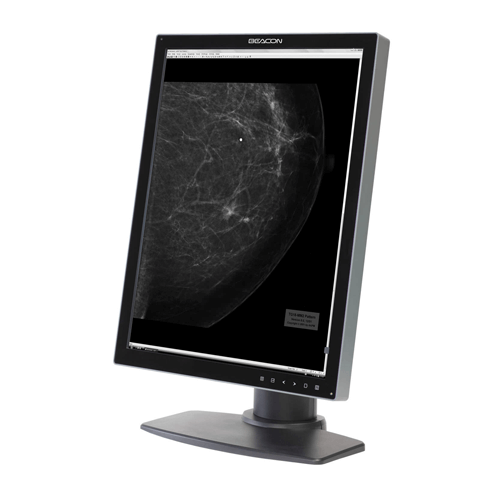
- 21.3” 5MP monochrome LED display
- Native resolution: 2560x2048
- Brightness: 1200cd/m2 Typ.
- Contrast: 1200:1 Typ.
- With protective glass and front sensor
- FDA 510K approved
-
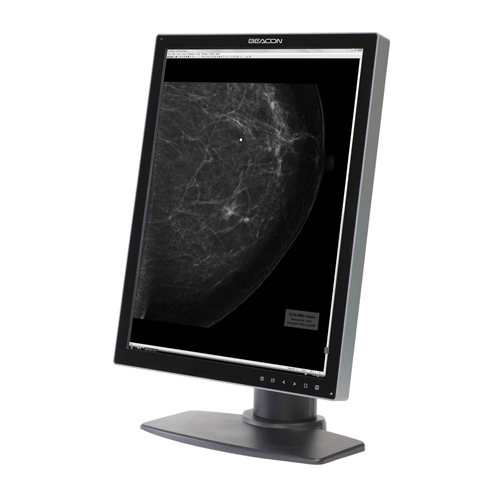
- 21.3” 5MP monochrome LED display
- Native resolution: 2560x2048
- Brightness: 1200cd/m2 Typ.
- Contrast: 1200:1 Typ.
- FDA 510K approved
-

- 21.3” 3MP monochrome LED display
- Native resolution: 2048x1536
- Brightness: 1700cd/m2 Typ.
- Contrast: 1400:1 Typ.
- With protective glass and front sensor
-
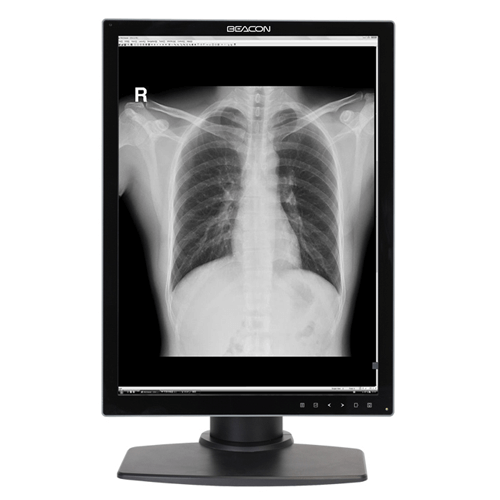
- 21.3” 3MP monochrome LED display
- Native resolution: 2048x1536
- Brightness: 1700cd/m2 Typ.
- Contrast: 1400:1 Typ.
-

- 21.3” 3MP Color Medical Display
- Native resolution: 2048x1536
- Brightness: 1,000cd/m2 Typ.
- Contrast: 1500:1 Typ.
- 510K approved
-
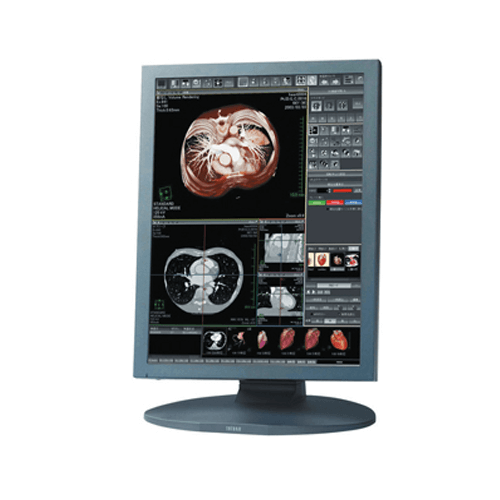 CCL208, CCL208 /AR (With Special AR Coating) 2MP color LCD with DICOM calibration function
CCL208, CCL208 /AR (With Special AR Coating) 2MP color LCD with DICOM calibration functionHigh luminance, high contrast, and wide viewing angle provided by the IPS panel Stable luminance for a long period of time with a unique built-in luminance stabilizing circuit
-
 High contrast IPX panel with calibration capability
High contrast IPX panel with calibration capabilityWith high luminance, high contrast, wide viewing angle and full calibration capability, CCL210 is a cost effective solution for clinical applications.
-
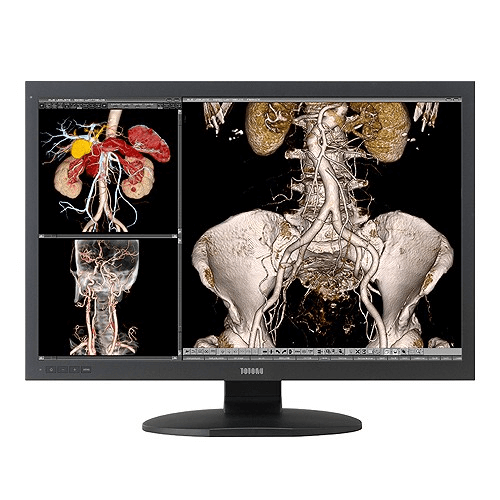 24.1" wide-screen color LCD with DICOM calibration function
24.1" wide-screen color LCD with DICOM calibration functionHigh luminance, high contrast, and wide viewing angle provided by the IPS panel Wide screen 2.3MP color display for new possibilities with streamlined workflow
Types of Medical Diagnostic Display
Types of medical diagnostic displays include:
- Grayscale Monitors: Primarily used for displaying grayscale medical images like X-rays and mammograms.
- Color Monitors: Suitable for displaying color medical images such as MRI scans and ultrasound images.
- Multi-Modality Monitors: These displays can accurately render both grayscale and color images, making them versatile for various medical imaging modalities.
- High-Brightness Monitors: Specifically designed for viewing medical images in bright environments, such as operating rooms or interventional suites.
- 3D Monitors: Used for visualizing and manipulating three-dimensional medical images, commonly employed in surgical planning and interventional radiology procedures.
Why Diagnostic Radiology Monitors Matter?
Diagnostic radiology monitors matter because they are critical tools for accurate diagnosis and treatment planning in healthcare. High-quality displays with precise image reproduction are essential for detecting subtle abnormalities, assessing disease progression, and guiding therapeutic interventions. Reliable diagnostic monitors help minimize errors and improve patient outcomes by ensuring that medical images are viewed accurately and consistently.
Who Must Have Diagnostic Radiology Monitors?
Healthcare facilities and professionals who rely on medical imaging for diagnosis and treatment must have diagnostic radiology monitors. This includes hospitals, imaging centers, radiology practices, oncology clinics, and other medical facilities where medical imaging is performed. Radiologists, oncologists, surgeons, and other healthcare providers interpreting medical images also require access to diagnostic displays to perform their duties effectively.
Benefits of Diagnostic Radiology Monitors
The benefits of diagnostic radiology monitors include:
- High Image Quality: These monitors offer superior image quality with high resolution, contrast, and brightness, allowing for detailed visualization of anatomical structures and pathological findings.
- Consistency and Accuracy: Diagnostic displays are calibrated and optimized to ensure consistent and accurate image reproduction, reducing the risk of misinterpretation and diagnostic errors.
- Workflow Efficiency: By providing clear and precise images, diagnostic monitors help healthcare professionals streamline their workflow, leading to faster diagnosis and treatment decisions.
- Compliance with Standards: Diagnostic radiology monitors adhere to stringent regulatory standards and guidelines, such as DICOM (Digital Imaging and Communications in Medicine), ensuring compatibility and interoperability with medical imaging systems.
- Enhanced Collaboration: These displays facilitate collaboration among multidisciplinary healthcare teams by enabling the seamless sharing and review of medical images across different locations.
Key Features to Look for When Buying Medical Diagnostic Display
When buying a medical diagnostic display, key features to consider include:
- Image Quality Parameters: Look for monitors with high resolution, contrast ratio, luminance, and color accuracy to ensure optimal image quality.
- Calibration and QA Tools: Choose displays with built-in calibration and quality assurance tools to maintain image consistency and compliance with industry standards.
- Connectivity Options: Consider displays with various connectivity options, such as DICOM, HDMI, DisplayPort, and USB, to ensure compatibility with existing medical imaging systems.
- Ergonomic Design: Select monitors with adjustable stands, anti-glare screens, and ergonomic features to enhance user comfort and productivity during prolonged viewing sessions.
- Service and Support: Opt for displays from reputable manufacturers that offer comprehensive service contracts, technical support, and warranty coverage to minimize downtime and ensure long-term reliability.
Invest in Accuracy and Efficiency
Contact us today for a free consultation and discover how Hiliex can revolutionize how you diagnose patients.
